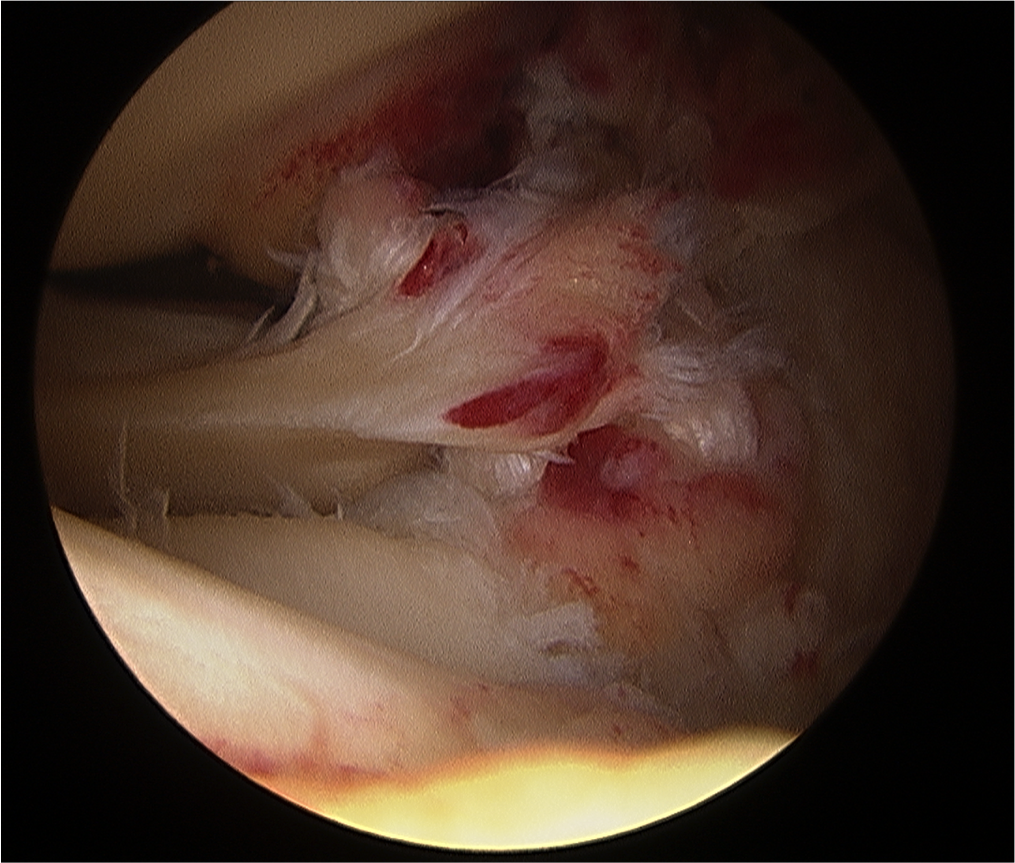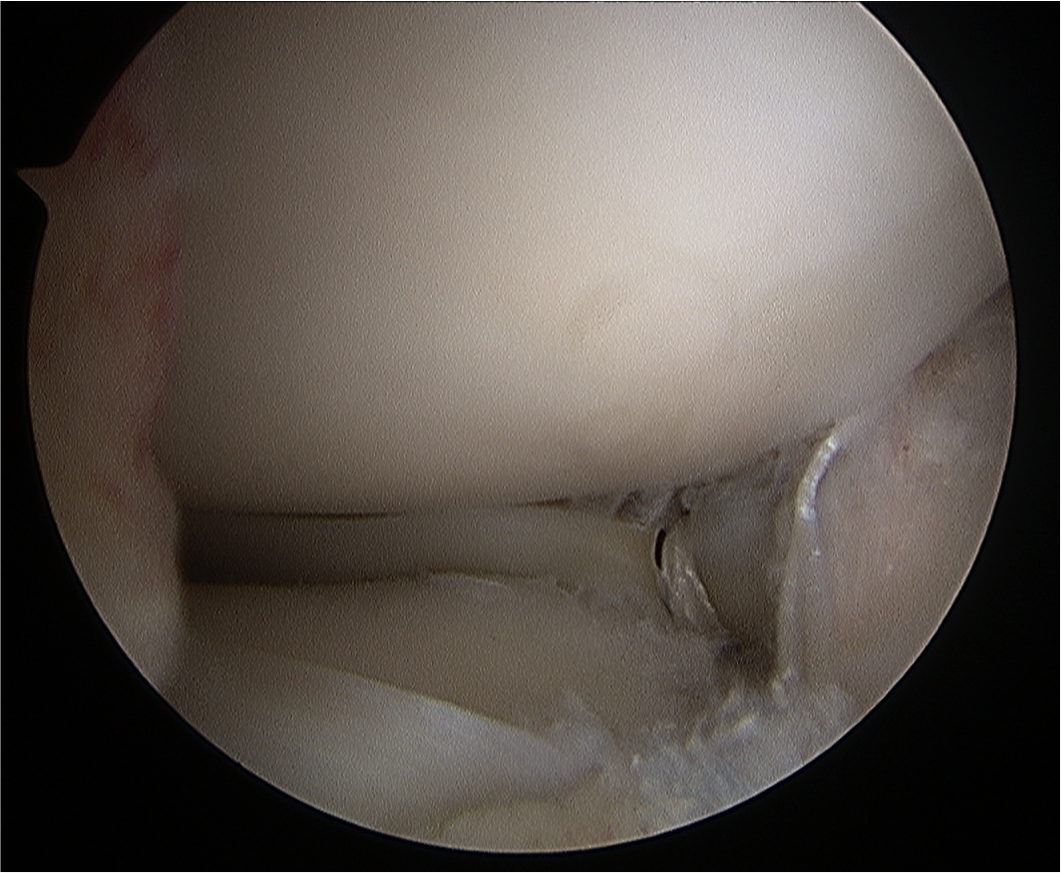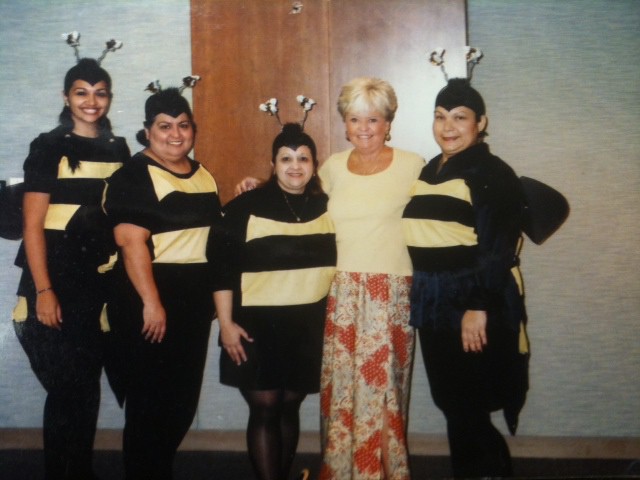Meniscal root is important secondary stabilizer in the knee
The anterior cruciate ligament (ACL) is a ligament in the central part of the knee that stabilizes the knee during cutting and pivoting activities, such as changes in direction and landing from jumps, and other agility movements.

ACL tears are one of the most common sports injuries requiring surgery, and ACL reconstruction surgery is recommended for those who want to get back to sports activities.
A key measure of the reconstructed knee is a maneuver called the pivot shift test. If the pivot shift is corrected back to normal after ACL surgery, patients tend to experience good knee stability and success progressing back to sports activities.
If the pivot shift is still present after surgery, patients tend to experience difficulty returning to high demand sports because their knee is not stable enough.
One of the emerging injuries that orthopedic sports specialists have begun to identify with increasing frequency during ACL surgery is a concurrent tear of the lateral meniscal root.

Between the joint surfaces in the knee, there are two c-shaped fibrocartilage discs – the medial meniscus and the lateral meniscus. They help distribute stress across the curved surfaces of the knee. The root is where the meniscus anchors into the bone.
These tears were not as well recognized in the past. Now, through our research, we’re seeing how important that meniscal root tear is in the setting of an ACL injury.
In a recent study, we performed a mechanized pivot shift test on cadaveric knees to test their stability when the ACL was torn. We created a simulated lateral meniscal root tear in the knee and found that the pivot shift in the knee increased significantly when this injury also was present.
This showed us that the lateral meniscus is an important secondary stabilizer for the pivot shift in ACL deficient knees, which also supports the argument that as an orthopedic surgeon, if you see a root tear in the setting of an ACL injury, you should probably consider repairing it.
We’re seeing now that the meniscal root does have a significant biomechanical role and this validates the practice of repairing the tear in the setting of an ACL injury.
Our findings were published earlier this year in The American Journal of Sports Medicine.
–Dr. Theodore Shybut, assistant professor of orthopedic surgery at Baylor College of Medicine



